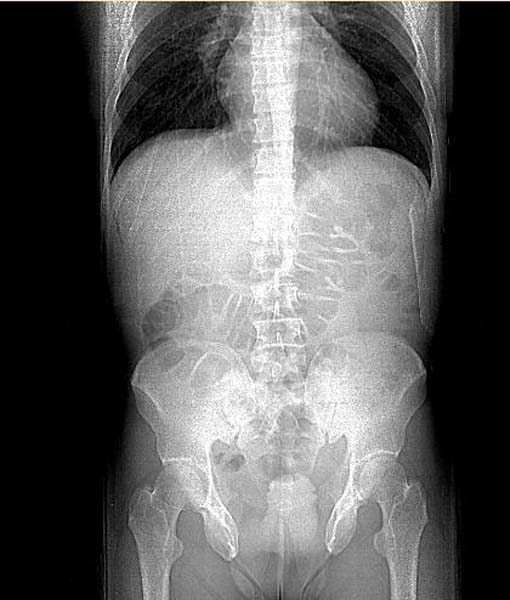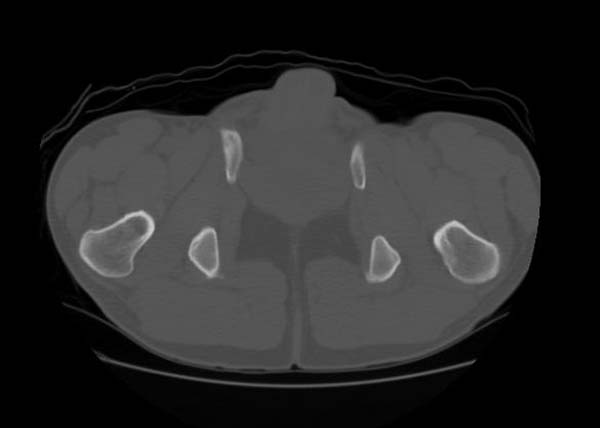Bladder exstrophy
| https://https://www.youtube.com/watch?v=gM6mmi8sYSo%7C350}} |
| Bladder exstrophy | ||
| ICD-10 | Q64.1 | |
|---|---|---|
| ICD-9 | 753.5 | |
| OMIM | 600057 | |
| DiseasesDB | 33377 | |
| MeSH | C12.740.700.132 | |
Template:Search infobox Steven C. Campbell, M.D., Ph.D.
Overview
Bladder exstrophy, more properly, the exstrophy-epispadias complex is a rare congenital anomality occurring once every 40,000-50,000 live births with a 2:1 male:female ratio. The diagnosis involves a spectrum of anomalies of the lower abdominal wall, bladder, anterior bony pelvis, and external genitalia. It occurs due to failure of the abdominal wall to close during fetal development and results in protrusion of the posterior bladder wall through the lower abdominal wall.
Treatment is with surgical correction of the defect, but patients can still have long term issues with urinary tract infections and sexual dysfunction.
Pathogenesis
The cause of bladder exstrophy is maldevelopment of the lower abdominal wall, leading to a rupture which causes the bladder to communicate with the amniotic fluid.
Spectrum of anomalies
The typical manifestation of exstrophy-epispadias complex is
- bladder everted through a midline lower abdominal wall defect
- widening of the pubic symphysis
- epispadias in males (dorsal cleft in the penis, exposing the urethral mucosa)
- bifid clitoris in females, with a short "urethral strip" indistinguishable from bladder mucosa.
The spectrum of disease extends from spade penis and epispadias on one hand, to exstrophy with cloaca (also known as cloacal exstrophy).
Diagnosis
Treatment
Modern therapy is aimed at surgical reconstruction of the bladder and genitalia
Prognosis
Even with successful surgery, patients may have long-term problems with
- incontinence
- urinary reflux
- repeated urinary tract infections
- sexual dysfunction


